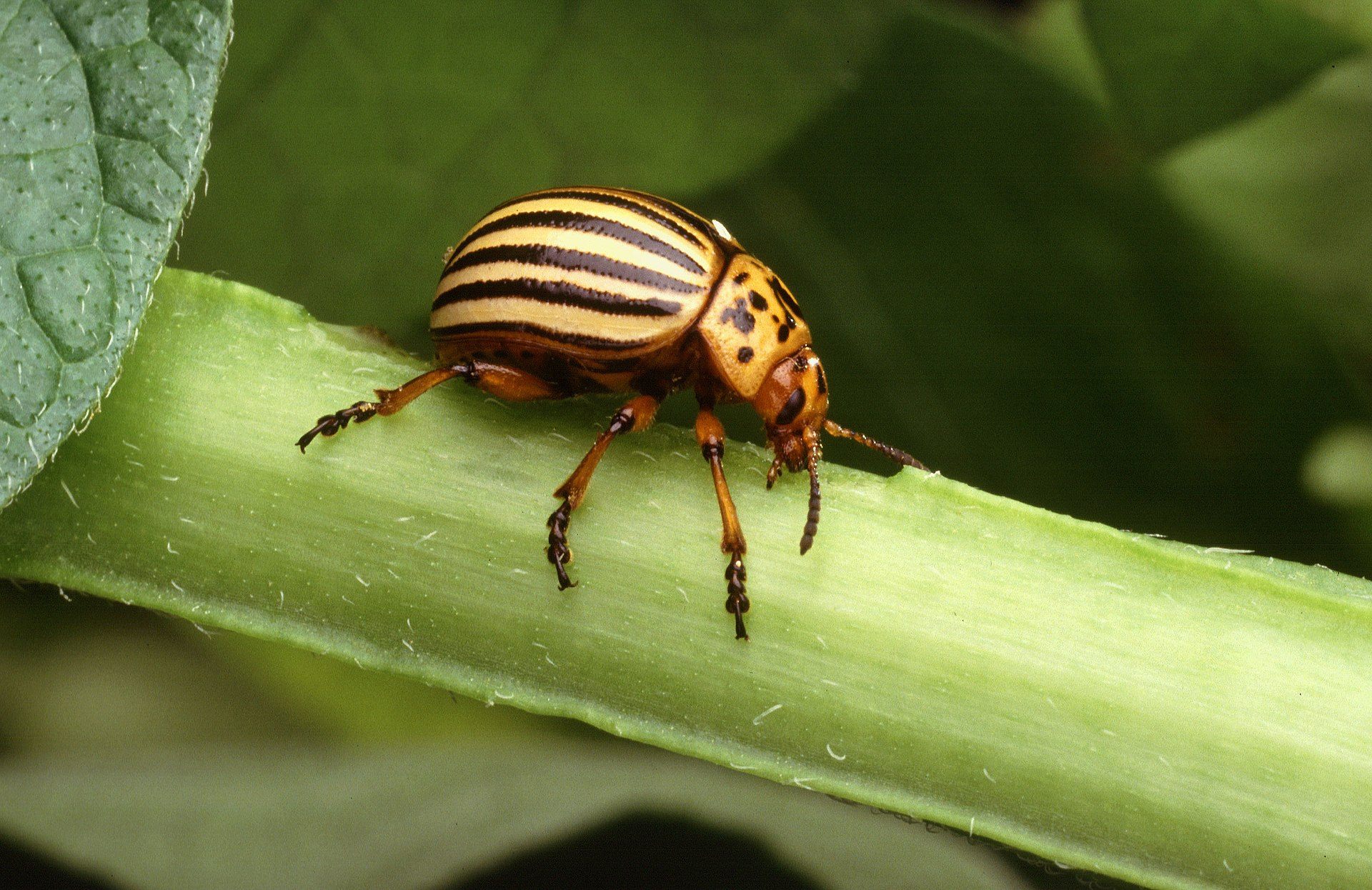Galapagos Tomatoes Are Surprisingly Pest-Resistant
New research reveals that they can protect themselves from a number of common bugs.

The Galapagos archipelago is famous for its diversity of creatures. The “little world within itself,” as Charles Darwin once put it, is home to everything from giant tortoises to pale pink iguanas.
As new research reveals, even the humble tomatoes are cool. According to a paper in the plant breeding journal Euphytica, one species of wild Galapagos tomato, Solanum galapagense, shows resistance to a broad swath of common insects, from whiteflies to certain aphids and caterpillars.
Bugs make life hard for plants. They nibble on leaves, sip sap from stems, and burrow through the skins of vegetables and fruits. They also spread viruses, which are often more devastating than the injuries themselves. Over millennia, many plant species have evolved pest resistance mechanisms, from defensive proteins (called metabolites) that fight pathogens to waxy coatings that are hard for mandibles to pierce.

Farmers use a number of strategies to further protect their crops. But some of these, like pesticides, come with their own problems. There’s yet another approach: finding wild plant species that have developed natural resistance methods, and breeding them with more conventional varieties. The idea is to come out with a kind of ultrafruit or superveggie that is bug-resistant, tasty, and easy to grow.
This has worked with certain plants: There are now aphid-resistant lettuce varieties, for example. But tomatoes have, thus far, been left out in the cold. “Research on insect resistance in tomatoes has been going on for more than 50 years, and has never resulted in a resistant variety entering the market,” writes this study’s lead researcher, Ben Vosman, in an email.
In the past, Vosman explains, researchers focused on wild tomato types that were highly insect-resistant, but not very closely related to the most commonly cultivated tomato species, Solanum lycopersicum. For this study, he and his colleagues at Wageningen University and Research in the Netherlands took the opposite approach: They “started all over again by focusing on the close relatives” of S. lycopersicum, he writes.

One of these was S. galapagense, which Vosman describes as “a small, berry-like tomato, less than one centimeter” in diameter. In the researchers’ tests—which involved exposing different insects to the plants’ leaves—it performed quite impressively: Certain samples killed almost all of the whiteflies, aphids, caterpillars, and thrips. It also did long-lasting damage, reducing the number of whitefly eggs and next-generation aphids. “We were surprised to find that Galapagense was resistant to so many insects,” writes Vosman.
Why is S. galapagense so good at protecting itself? According to Vosman, it has at least two things going for it. One is its particular makeup of defensive metabolites. Another is its glandular trichomes, tiny hairs that secrete a sticky, insect-snaring substance. S. galapagense has a lot of type IV glandular trichomes, which previous research has suggested are particularly effective insect traps. As the authors detail in the paper, they “observed dead insects ‘glued’ onto the leaves” of plants with type IV trichomes.
Their work is far from over. “We are busy identifying the gene responsible for the resistance,” writes Vosman. After that, they will try to introduce this gene into S. lycopersicum, in the hopes that it will beef up its defenses. In the meantime, the tiny yet powerful S. galapagense continues to live its island life relatively pest-free.
Gastro Obscura covers the world’s most wondrous food and drink.
Sign up for our email, delivered twice a week.




























Follow us on Twitter to get the latest on the world's hidden wonders.
Like us on Facebook to get the latest on the world's hidden wonders.
Follow us on Twitter Like us on Facebook